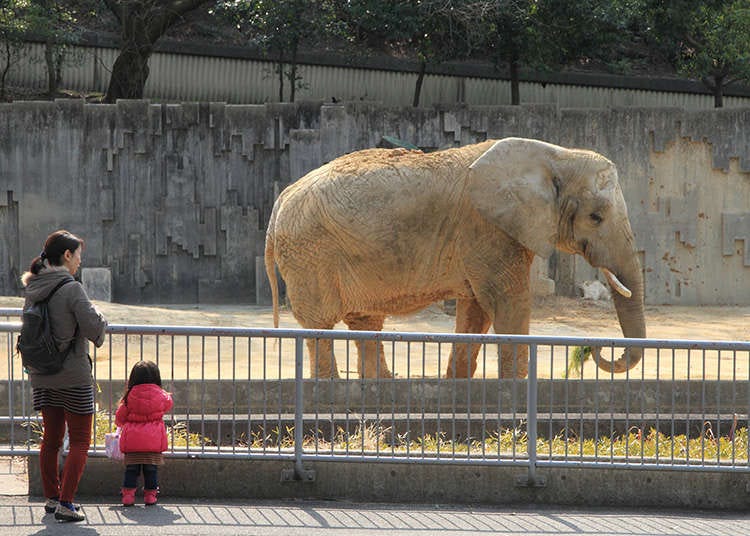
At Japanese zoos and aquariums, the ecology of animals and fishes can be observed, along with some features unique to each facility.
The famous Ueno Zoological Gardens
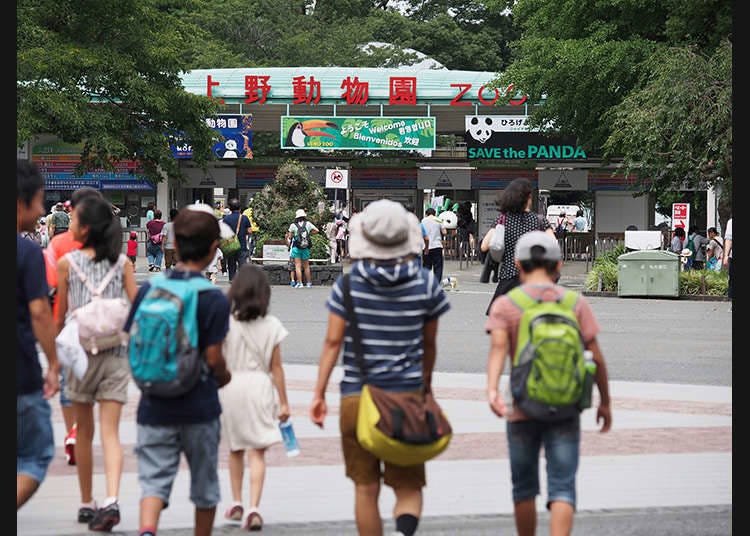
Ueno Zoological Gardens opened in 1882, and it is the zoo which holds the longest history in Japan. It also has the top number of visitors among the zoos in Japan. More than 500 species, a total of 3000 animals can be observed. The 3 most famous endangered animals in the world, namely Giant panda, Okapi, and Pygmy hippopotamus are kept. Their creative exhibitions enable you to observe the animals' true natural behaviours.
You can feed the animals
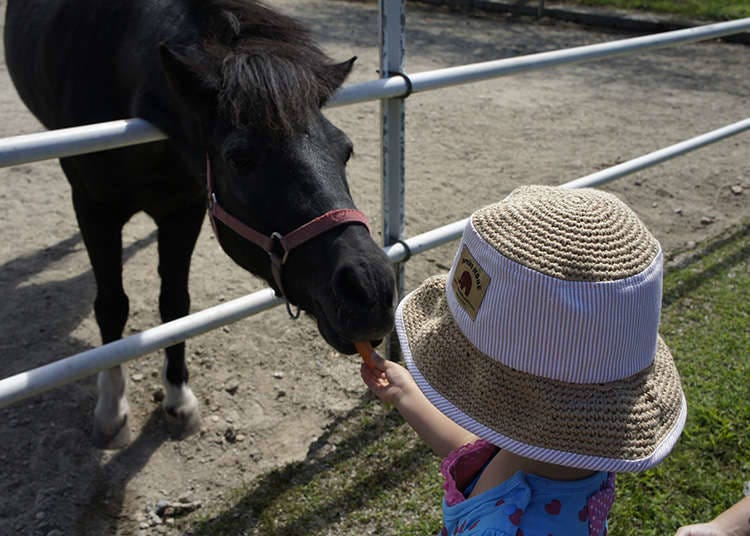
There are also zoos where you can feed the animals. At Higashiyama Zoo in Aichi, for instance, you can feed animals such as sea lions, hippopotami, American bison, giraffes and elephants. Also, at small zoos for children, you can pet sheep and goats while feeding them. There are also safari parks where you can tour a vast area where animals roam freely by bus, and even feed the lions and herbivores.
Aquarium with giant tanks
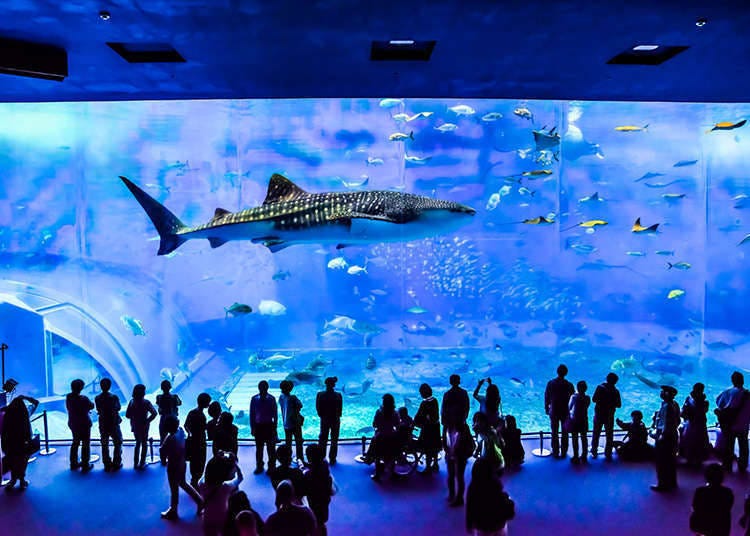
Most of the aquariums keep large fish. At Churaumi Aquarium in Okinawa, you can see the whale shark swim. The gigantic tank, with the full use of the latest Japanese technology, is made to withstand powerful water pressure.
The reproduction of the sea as it exists in nature
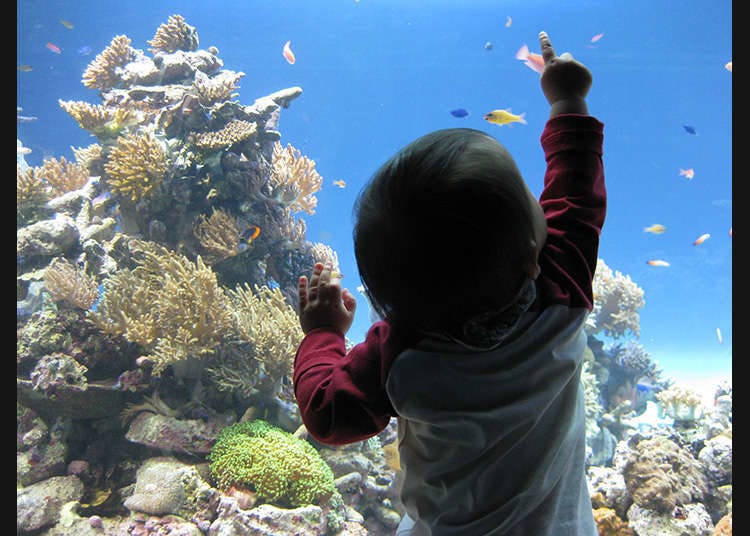
It is common for aquariums to reproduce natural ecology. There are even tanks that replicate the Japanese ocean. At Port of Nagoya Public Aquarium, there is an Antarctic Marine Life-penguin encounter, which is a reproduction of the Antarctic ecosystem.
Performances of dolphins and seals can be seen
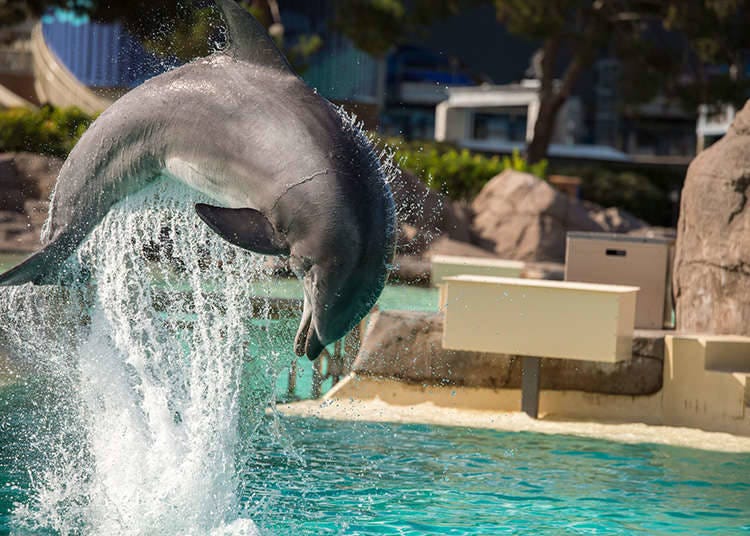
Many Japanese aquariums have dolphin and seal shows everyday. They are highly entertaining as some demonstrate the interaction between dolphins and seals.
*Prices and options mentioned are subject to change.
*Unless stated otherwise, all prices include tax.
Popular Tours & Activitiess
Recommended places for you
-

Kanzenkoshitsuyakinikutabehodai Gyugyu Paradise Sannomiya
Yakiniku
Kobe, Sannomiya, Kitano
-

ISHIDAYA Hanare
Yakiniku
Kobe, Sannomiya, Kitano
-

Jukuseiniku-to Namamottsuarera Nikubaru Italian Nikutaria Sannomiya
Izakaya
Kobe, Sannomiya, Kitano
-
Appealing

Rukku and Uohei
Izakaya
Sapporo / Chitose
-
Goods
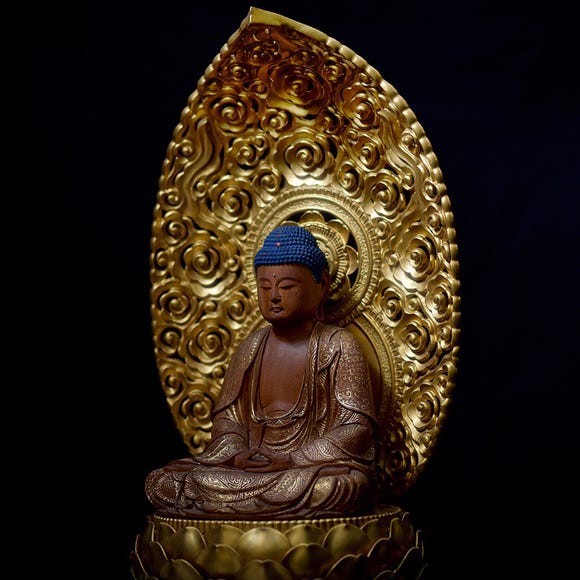
Yoshida Gennojo-Roho Kyoto Buddhist Altars
Gift Shops
Nijo Castle, Kyoto Imperial Palace
-

Kambei Sannomiyahonten
Yakiniku
Kobe, Sannomiya, Kitano
-

Tokyo City Pass Upgrade: Harry Potter Studio Tour & Top Sights up to 85% Off
by: Guest Contributor
-

Don't Miss Out! The One Thing You Must Do Before Shopping at Mitsui Shopping Park LaLaport: Get Your Max 10% OFF Coupon Book
-

Keisei × Keikyu 16-Temple Goshuin Tour: Discover Deeper Tokyo & Yokohama
by: Guest Contributor
-

Get Ready to Catch 'Em All! First Ever Permanent Outdoor Pokémon Park Opening Near Tokyo!
-

A Travel Game Changer! Go Hands-Free Between Tokyo and Kyoto with LUGGAGE EXPRESS by JTB and JR Tokai
by: Guest Contributor
-

[Extended Offer!](12% OFF KKday Coupon) Mt. Fuji Autumn Leaves, Powder Snow & More! 15 Best Tours to Experience Japan in Fall & Winter
-

North Safari Sapporo Guide: Japan's Thrilling Animal Theme-Park Experience!
-

38 Best Things to Do in Kyoto: See, Eat, and Shop Your Way Through Japan's Cultural Capital
-

Top 3 Restaurants: Best Sushi in Dotonbori According to a Local Food Critic
-

8 Must-Visit Zoos, Aquariums, and Botanical Gardens in Tokyo
-

Not Just Pandas! 5 Unique Animal Goods from the Ueno Zoo Gift Shop!
-

20 Best Things to Do in Fukushima Prefecture (Sightseeing Attractions, Local Foods & Activities)
- #best sushi japan
- #what to do in odaiba
- #what to bring to japan
- #new years in tokyo
- #best ramen japan
- #what to buy in ameyoko
- #japanese nail trends
- #things to do japan
- #onsen tattoo friendly tokyo
- #daiso
- #best coffee japan
- #best japanese soft drinks
- #best yakiniku japan
- #japanese fashion culture
- #japanese convenience store snacks












